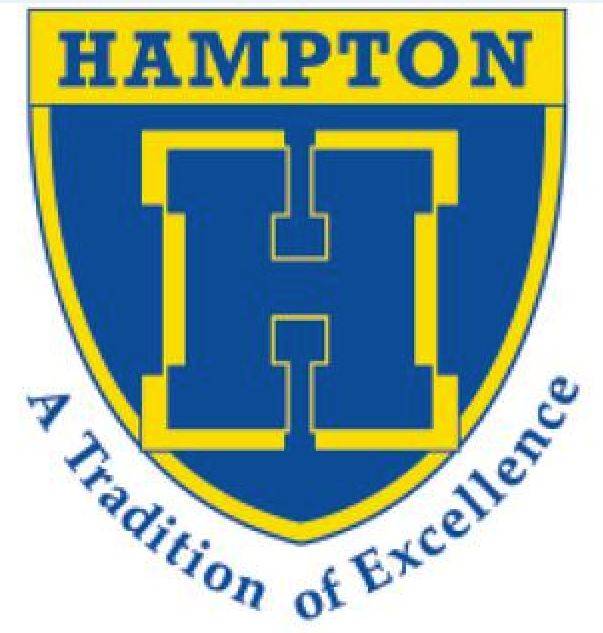Hampton students testing above state average
Share this post:
A student achievement report for Hampton Township School District on the 2017-18 school year was presented at the Jan. 7 school board meeting, showing comparatively above average state test scores.
Dr. Jacquelyn Removcik, HTSD director of curriculum, instruction and assessment, said district officials were planning to provide the report in November 2018, but due to late data results by the Pennsylvania Department of Education, it was not available until now.
The report detailed various testing scores over the year, including the required Pennsylvania Student State Assessments.
Hampton’s students are showing above average scores in these tests, which are taken annually at various grade levels depending on subject, according to Removcik’s presentation.
The PSSA English language arts portion for 2017-18 shows grades three through eight all scored significantly higher than the state average. For example, Hampton’s third-graders scored at 87.2 percent in 2018 compared to the state’s 63.5 percent; and Hampton’s fifth-graders had an average score of 83.7 compared to state’s average of 59.4 percent. The seventh grade was at 88.8 percent compared to state’s 61.5 percent.
The same types of averages were similar for grades fourth, sixth and eighth.
Students again scored high in last year’s PSSA mathematics portion for these same grades compared to state averages. Some notable differences include Hampton’s eighth grade at 71.3 percent compared to the state’s 31.1 percent. Hampton’s lowest scoring average was for sixth-grade math at 59.5 percent for 2018. But the state average was low as well at 39.6 percent.
“It’s something all districts are struggling with,” said Removcik, in relation to math scores at that level.
PSSA science was only compared in fourth and eighth grades which were again higher than the average.
A look at the Keystone 11th Grade Cohort for 2017-18 shows that Hampton scored more than 20 or more points higher in literature, biology and algebra 1. In the last category, scores are obtained during the middle and high school algebra 1 course.
All of these score averages seemed to be holding steady for Hampton since 2015, which was detailed in the report.
Removcik said, overall, while the students are ahead of the state average, “it’s also important to pay attention to growth.”
She also provided information on the National Occupational Competency Testing Institute Scores, Pennsylvania Value-Added Assessment System Growth Summary, National Merit Awardees, and ACT Scores, all of which showed above average scores.
Also, Advanced Placement Scores had strong testing results.
The 2018 SAT scores for HTSD showed that students scored an average of 594 points in both evidence-based reading and writing; and mathematics. This is compared to state average of 547 and 539 respectively.
Nationally in 2018, the scores in evidence-based reading and writing averaged at 536 and 531 in mathematics. In 2017, Hampton scored 609 in the first category and 597 in the second.
Post-secondary plans for the class of 2018 included 91.5 percent of students planning to attend a college or university; 2 percent to employment; 1.5 percent to technical school; 2.3 percent to military and 2.7 percent with other plans, according to Removcik’s presentation.
In addition to the achievement report, she and high school Principal Dr. Marguerite Imbarlina reported on changes to the high school curriculum, which is usually modified annually. District officials also announced they are, more or less, reverting back to the former quality point average calculation, which should positively impact graduating seniors.
In 2015, Hampton School District’s graduation committee reviewed graduation requirements that ultimately reconstructed the QPA system, in hopes of yielding positive results. While Imbarlina said it was a good idea and system, it did not work well in several areas, including being confusing to college admissions on the nontraditional QPA system.
She said they are reverting back to a more traditional QPA calculation of the Total Quality Points Earned divided by the Total Credits Attempted so that QPAs can be calculated and explained more easily to college admissions counselors and scholarship committees.
“It did not work for college applications,” Imbarlina said.
Also, some changes will be made to graduation recognition starting for the Class of 2021, and beyond. The honorific designations are based on qualifying QPAs, Imbarlina said.
The current threshold to be a summa cum laude will be changed from 4.80 to 4.40; magna cum laude from 4.40 to 4.20; and cum laude will stay the same at 4.0. The district also recognizes the top 10 percent of the class as senior scholars, Imbarlina said.
Natalie Beneviat is a
Tribune-Review contributor.


